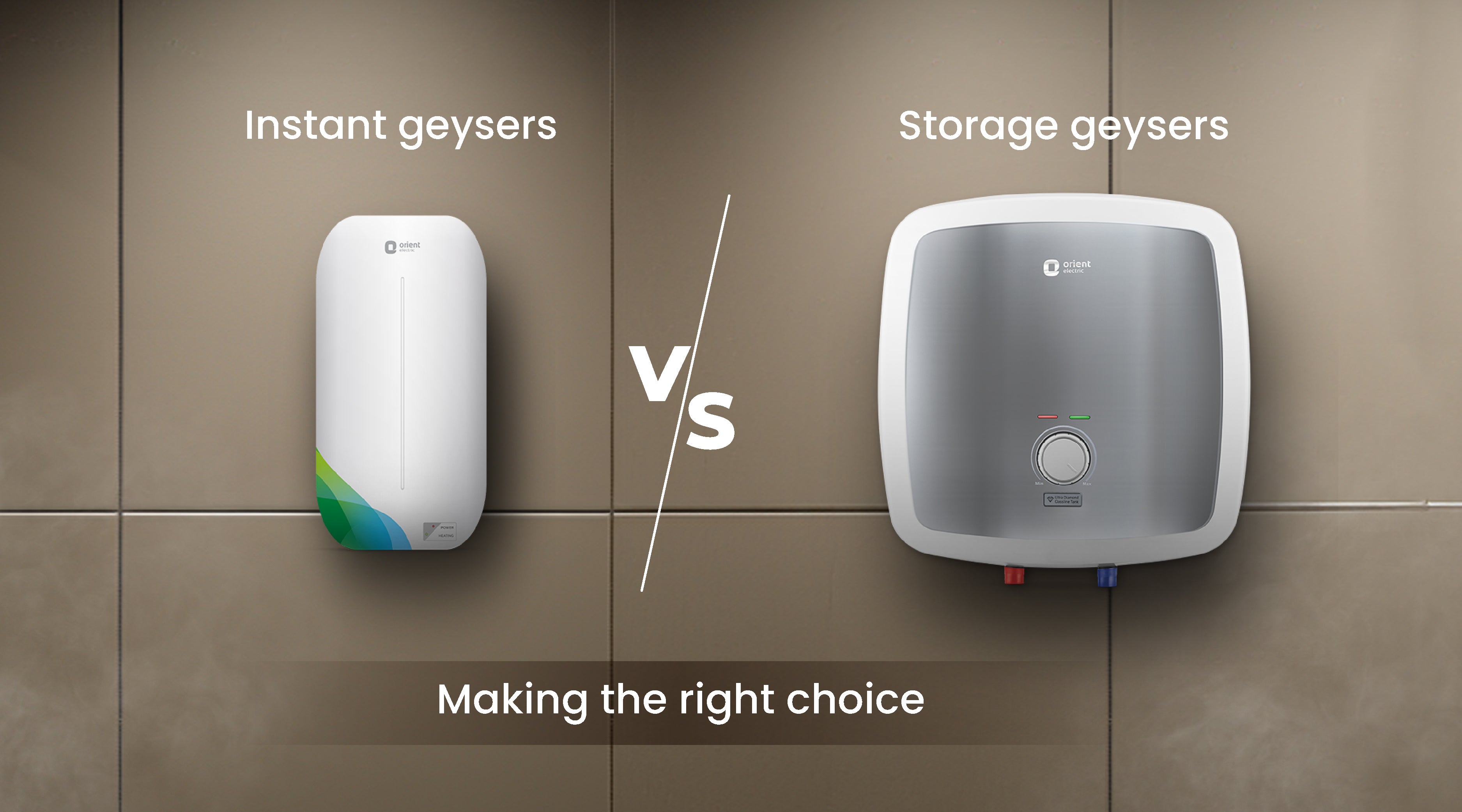Family-sized geyser sizes are perfect for heavy usage.
Family-sized geyser sizes are perfect for heavy usage.
Blog Article
Just how to Select the Right Geyser to Make The Most Of Energy Effectiveness in your house
From comprehending the various types of geysers, to reviewing their energy effectiveness rankings and considering positioning approach, each decision plays a crucial duty in taking full advantage of performance. Let's begin on this trip to uncover how to make the most educated selection for a geyser that will minimize your power costs while ensuring ideal efficiency.

Understanding the Various Kinds Of Geyser
While there are different kinds of geysers readily available on the market, recognizing the distinctions between them is vital for energy effectiveness (geyser sizes). The initial type, storage space hot springs, are one of the most typical and shop warm water in a storage tank for usage when needed. They are offered in various capacities and are normally energy-efficient, but they can shed heat when not being used
The 2nd kind is the tankless geyser, which warms water on demand, leading to less energy waste but requiring a higher initial power draw. Solar hot springs make use of solar power to heat up the water, making them the most energy-efficient however also the most pricey.
Assessing Your Family's Warm water Needs
Prior to diving into the purchase of a hot spring, it is crucial to examine the warm water needs of your house. This analysis must think about numerous variables consisting of the number of house participants, frequency of hot water use, and the number of warm water electrical outlets in the home (geyser sizes). A small family with seldom warm water usage might call for a smaller sized, less effective geyser contrasted to a larger family with numerous everyday warm water requirements
The sort of devices that require warm water also play a substantial duty. Dishwashing machines and cleaning devices, as an example, may call for more warm water than a simple shower or kitchen sink. Specific tasks such as bathing or cleaning additionally affect the regularity and volume of hot water required.
Examining Power Efficiency Scores of Geyser
Having actually assessed the warm water needs of your family, it's important to turn your focus to the power efficiency scores of hot springs. These ratings, normally offered as Energy Element (EF), suggest a hot spring's total energy efficiency based on the quantity of warm water generated per unit of fuel taken in over a normal day. The greater the EF, the extra efficient the water heating system.

Considerations in Geyser Dimension and Positioning
Beyond energy effectiveness ratings, the size and placement of your geyser are essential aspects to think about. The size of the geyser should align with your household's warm water requirements. A small geyser may use less power yet might not provide sufficient hot water for multiple usages at the very same time, whereas a bigger system can meet greater need however might take in more power.
Placement also influences power effectiveness. Geysers need to be set up near factors of use to minimize warmth loss during water transportation. A centrally situated geyser can service several areas properly. Furthermore, considering thermal insulation, a hot spring located in a warmer area sheds less heat and consequently utilizes less useful site power to preserve the water temperature level.
Expense Analysis: Balancing First Investment and Long-Term Savings
While dimension and placement undoubtedly play considerable roles in a geyser's power efficiency, one need to not forget the monetary facet. When considering the preliminary financial investment, the cost of energy-efficient hot springs can be greater than common models. Nonetheless, the enhanced ahead of time cost can be balanced check these guys out out by lasting power savings, making it a beneficial financial investment over time.
Analyzing lasting savings needs an understanding of the geyser's energy score. A device with a greater ranking will consume less energy, converting to reduced utility expenses in time. Moreover, government rewards and discounts for energy-efficient home appliances can additionally aid recoup initial costs.
Ultimately, upkeep and life-span need to be factored in. Energy-efficient hot springs often have longer life-spans and lower maintenance costs, adding to total financial savings. Consequently, when balancing preliminary investment and long-lasting savings, one view should consider not just the acquisition cost yet additionally power usage, government motivations, and upkeep expenses.

Conclusion
These include recognizing the kinds of geysers, evaluating your household's warm water requirements, reviewing power effectiveness scores, and determining price advantages. The right geyser size, positioning, and insulation can considerably reduce power bills and ecological impact.
Report this page